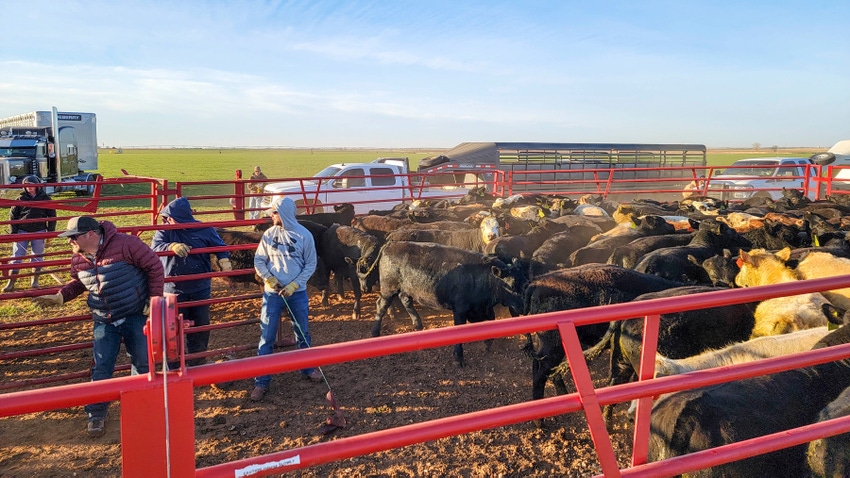Navigating Service Risks with Bagley Risk Management
Understanding Animals Risk Protection (LRP) Insurance Coverage: A Comprehensive Overview
Navigating the realm of animals danger protection (LRP) insurance policy can be an intricate undertaking for many in the farming sector. This kind of insurance policy provides a safety internet versus market changes and unforeseen scenarios that could affect animals producers. By recognizing the complexities of LRP insurance policy, producers can make enlightened decisions that may protect their procedures from economic threats. From exactly how LRP insurance coverage works to the different coverage options readily available, there is much to uncover in this thorough overview that might potentially form the way animals manufacturers come close to danger monitoring in their businesses.

Exactly How LRP Insurance Functions
Periodically, recognizing the auto mechanics of Livestock Threat Security (LRP) insurance can be intricate, however breaking down just how it works can provide quality for farmers and ranchers. LRP insurance is a danger management device developed to shield livestock manufacturers versus unexpected price decreases. The policy permits producers to establish a coverage level based upon their particular needs, selecting the number of head, weight variety, and coverage cost. As soon as the policy remains in area, if market value fall below the insurance coverage price, producers can sue for the distinction. It is essential to note that LRP insurance is not a revenue assurance; instead, it concentrates exclusively on cost risk defense. The protection period generally ranges from 13 to 52 weeks, providing adaptability for producers to pick a period that lines up with their manufacturing cycle. By utilizing LRP insurance policy, farmers and ranchers can reduce the monetary threats related to changing market costs, guaranteeing greater security in their procedures.
Eligibility and Insurance Coverage Options

When it comes to coverage alternatives, LRP insurance policy supplies manufacturers the versatility to select the protection level, coverage period, and endorsements that best fit their danger monitoring needs. By comprehending the qualification criteria and insurance coverage alternatives available, livestock producers can make educated decisions to take care of risk properly.
Advantages And Disadvantages of LRP Insurance Policy
When reviewing Animals Danger Protection (LRP) insurance policy, it is important for livestock producers to weigh the benefits and downsides intrinsic in this danger management device.

One of the primary advantages of LRP insurance coverage is its capability to offer security against a decline in livestock prices. Additionally, LRP insurance coverage supplies a level of versatility, permitting manufacturers to personalize coverage levels and policy durations to suit their particular needs.
Nonetheless, there are also some drawbacks to consider. One limitation of LRP insurance is that it does not safeguard against all kinds of threats, such as condition episodes or all-natural catastrophes. Premiums can sometimes be costly, specifically for manufacturers with huge animals herds. It is essential for producers to very carefully analyze their specific risk exposure and financial situation to figure out if LRP insurance policy is the ideal risk management device for their operation.
Comprehending LRP Insurance Policy Premiums

Tips for Taking Full Advantage Of LRP Conveniences
Taking full advantage of the advantages of Animals Risk Security (LRP) insurance policy requires calculated preparation and aggressive threat management - Bagley Risk Management. To make the many of your LRP insurance coverage, take into consideration the complying with tips:
Regularly Evaluate Market Problems: Keep informed regarding market patterns and cost variations in the animals sector. By keeping my site track of these elements, you can make educated decisions regarding when to purchase LRP coverage to safeguard against potential losses.
Establish Realistic Coverage Degrees: When selecting insurance coverage levels, consider your production costs, market value of livestock, and potential risks - Bagley Risk Management. Establishing realistic coverage degrees makes certain that you are effectively secured without overpaying for unnecessary insurance coverage
Diversify Your Coverage: As opposed to counting only on LRP insurance policy, take into consideration expanding your danger monitoring strategies. Incorporating LRP with various other threat monitoring tools such as futures agreements or alternatives can supply comprehensive protection against market uncertainties.
Testimonial and Change Coverage Routinely: As market problems change, occasionally examine your LRP coverage to guarantee it aligns with your existing danger direct exposure. Changing protection degrees and timing of acquisitions can help optimize your risk protection approach. By complying with these pointers, you can optimize the benefits of LRP insurance and secure your livestock operation versus unexpected threats.
Conclusion
To conclude, livestock risk security (LRP) insurance coverage is a beneficial tool for farmers to take care of the financial dangers connected with their livestock procedures. By understanding exactly how LRP functions, qualification and coverage choices, along with the pros and cons of this insurance, farmers can make enlightened decisions to secure their livelihoods. By carefully taking into consideration LRP premiums and implementing approaches to optimize benefits, farmers can minimize prospective losses and make sure the sustainability of their pop over to these guys operations.
Animals producers interested in getting Animals Danger Protection (LRP) insurance coverage can check out an array of qualification Read Full Report standards and insurance coverage choices tailored to their details animals operations.When it comes to coverage options, LRP insurance policy supplies producers the flexibility to choose the coverage degree, coverage duration, and endorsements that ideal match their threat monitoring needs.To comprehend the intricacies of Animals Risk Defense (LRP) insurance policy completely, comprehending the elements affecting LRP insurance coverage costs is important. LRP insurance premiums are figured out by different components, including the insurance coverage level chosen, the expected cost of animals at the end of the protection duration, the kind of livestock being guaranteed, and the size of the protection period.Testimonial and Change Coverage Regularly: As market problems transform, regularly review your LRP insurance coverage to guarantee it straightens with your current threat exposure.